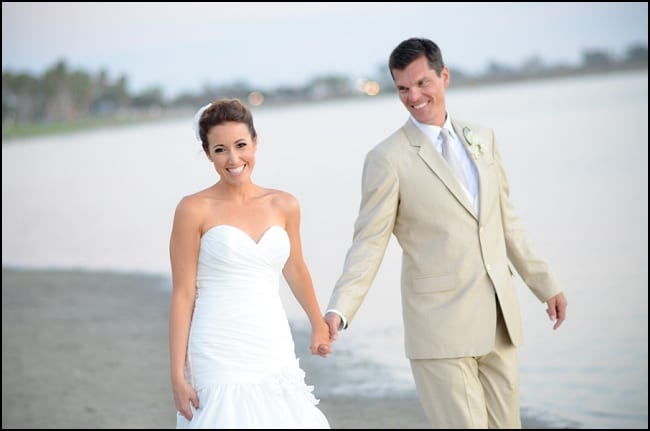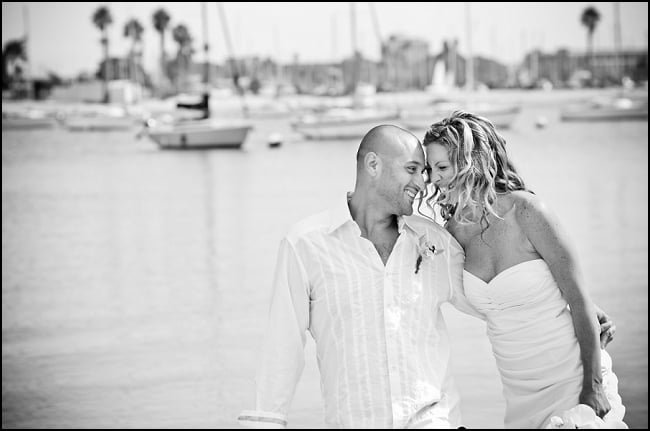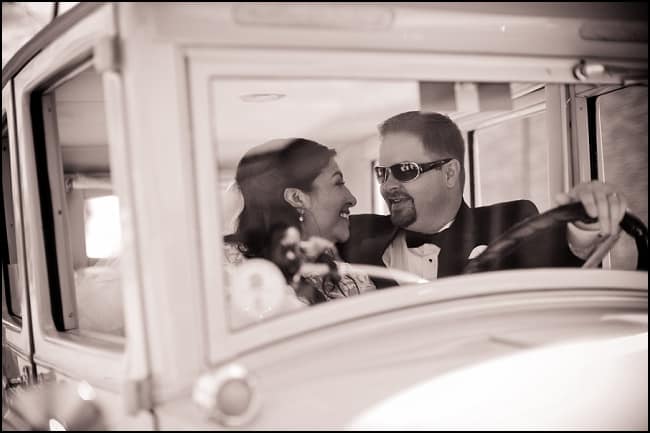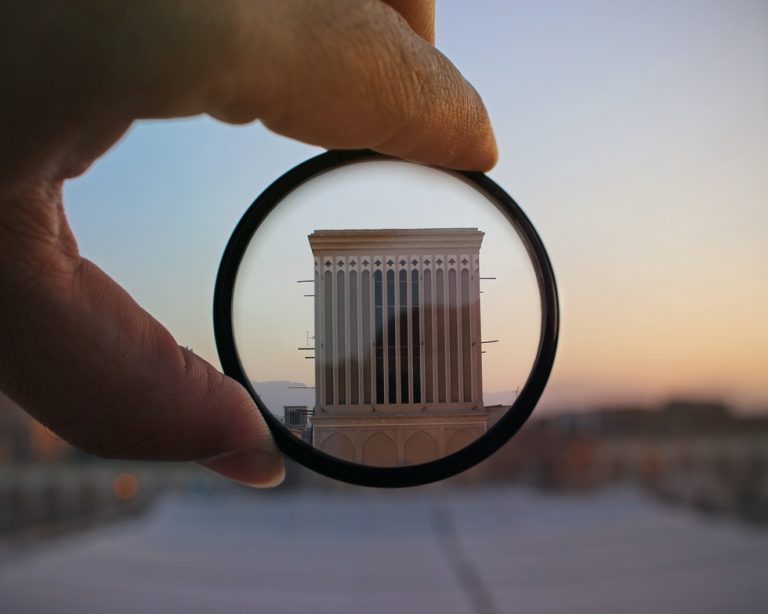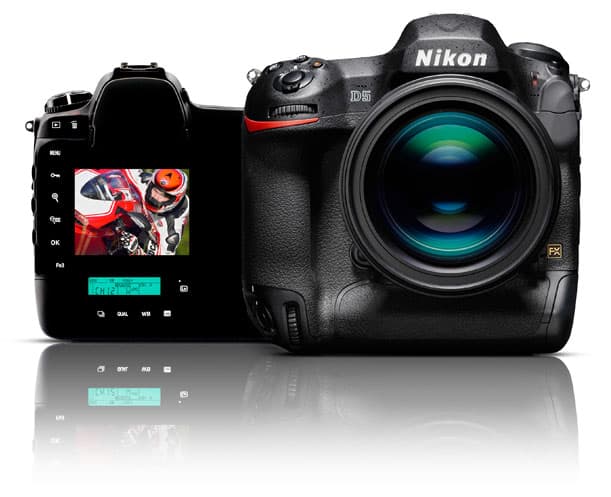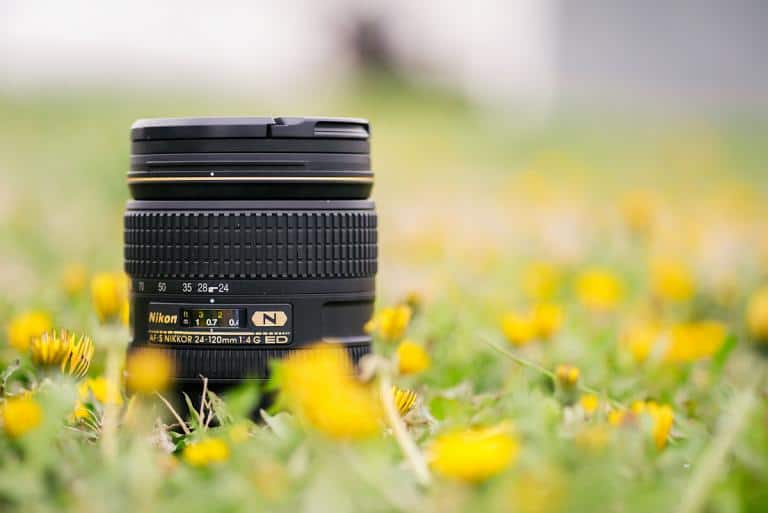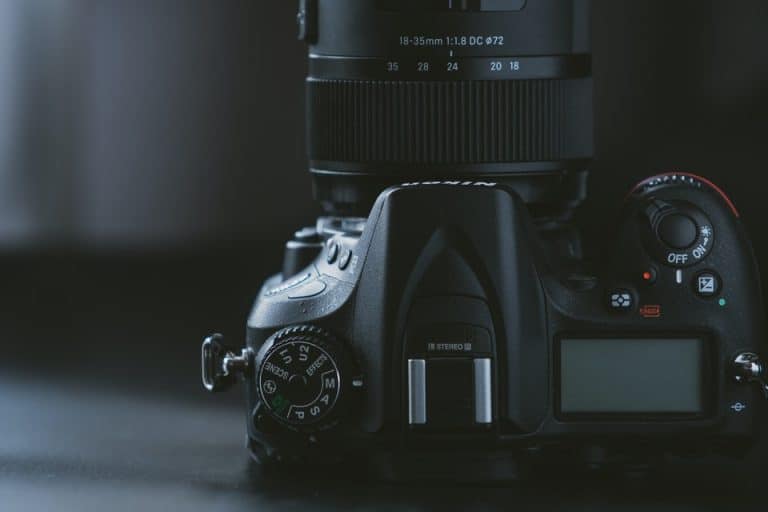Prime vs Zoom lenses – that is the question. Here are 7 reasons to consider adding a prime lens to your bag!
One of the great debates in photography is prime vs. zoom lenses. Each type of lens has its own legion of fans and its own purpose. Which is the best type for you? We’ll talk about 7 reasons we think prime lenses are a great choice!
What is the difference between prime lenses and zoom lenses?
Prime lenses are lenses with a fixed focal length. You cannot change the focal length or zoom in and out to different focal lengths with it.
Zoom lenses offer different focal lengths. With zoom lenses, you can shoot multiple focal lengths, or zoom in and out, without ever moving the position of the camera. With a 70-200 mm zoom lens, for example, you can shoot at 70mm, 200 mm or any focal length in between.
Are prime lenses better than zooms?
There’s no real right answer to the prime vs. zoom lenses debate. It’s more a question of what’s right for the situation. It can also come down to your shooting style, the jobs you take on and personal preference. For example, how much can you afford, how many lenses do you want to carry and how often do you want to shoot lenses?
What is the advantage of prime lenses?
So if there’s no one-size-fits-all answer to prime vs. zoom lenses, why should you use prime lenses in your photography? Here are some of the advantages of prime lenses.
Top 7 Reasons to use Prime Lenses!
1. Wider Apertures
Without a doubt, one of the biggest reasons photographers turn to prime lenses is the capability of shooting very wide apertures. Many prime lenss are available in 1.8 or 1.4 apertures. They are even making lenses with 1.2 apertures. The widest aperture zooms you can ever get are f/2.8.
What does that mean in practical terms? Wider apertures allow more light to pass through your camera and create very shallow depths-of-field. We’ll discuss those two reasons separately below!
2. Shallower Depth of Field
Wider aperture prime lenses allow us to have a very shallow depth-of-field. Depth of field is the range of your image, from front to back, that is in focus. With a prime lens shot at f/1.4 or f/1.8, for example, you can get a gorgeous background blur, drawing attention to your subject and letting them “pop” off the background in the photos. With a zoom lens, the lowest aperture you can potentially shoot at is f/2.8. Being able to shoot at ultra wide apertures as shown above you know have more creative control over the final look and composition of the photo.
Want to learn more about depth-of-field and how it affects your images? Check out our tutorial!
3. Lower Cost
Good quality zoom lenses that are a constant f/2.8 aperture are super pricey. For example the new 70-200 f/2.8 VR II Nikon will set you back about $2,400, and a 24-70 f/2.8 from Canon is $2,100 right now. However, with prime lenses, you can get started with any of the the f/1.8 primes for a fraction of the price. Canon and Nikon both will have similar focal lengths and fairly similar price points. My favorite 3 Nikon f/1.8 primes are the 28, 50 and 85 1.8G lenses. If you want to see the video tutorial we have discussed an all prime wedding photography kit, check it out here.
Don’t Miss Out! Click Here to Get the Polished Presets Collection for Just $7!

4. Prime Lenses Perform Better in Low Light
When it comes to prime vs. zoom lenses, prime lenses win in low light. Having the ability to shoot at f/1.2, 1.4 or even 1.8 is a HUGE difference compared to f/2.8 when limited to using natural light only. It’s especially true when photographing in very dark conditions. This includes concerts, events and wedding ceremonies in churches where there is no flash allowed. Remember, the wider the aperture the more light allowed into the sensor and thus the faster the shutter speed to get the same exposure. And faster shutter speeds are necessary to stop the action and prevent blurry photos. Too slow of a shutter speed is one of the main causes of blurry photos when shooting in natural light.
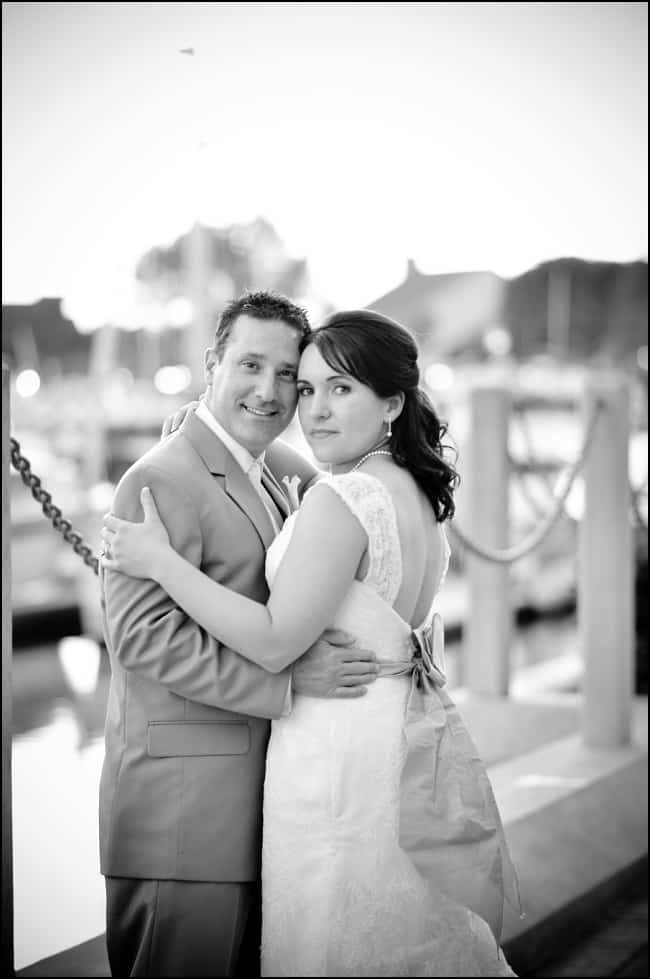
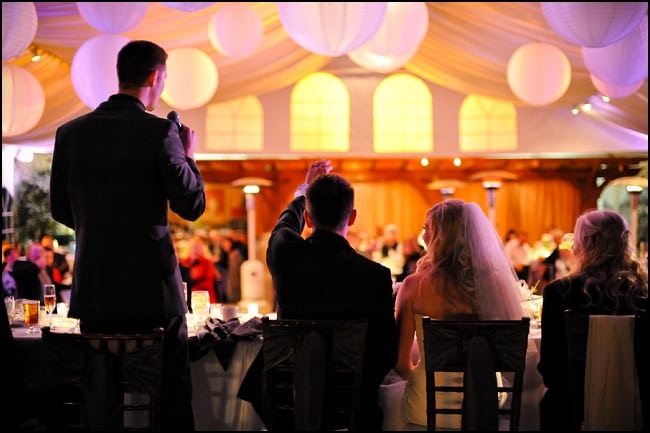
Nikon 85 1.8G @ f/1.8 & Nikon 50 1.4D @ f/1.4
How big of a difference is f/2.8 vs f/1.4?
Well f/1.4 will allow 2 full stops of extra light which means 4 times the light. A real life example would be photographing a wedding at a church with not much available light and you are on a 24-70 f/2.8 zoom. Your settings are ISO 2500, at 50mm and shutter is 1/40th. The problem is, you are already at a high ISO which will cause noise & grain to your images and also at 1/40th of a second having sharp images will be a struggle. Now – if you had a 50 f/1.4 prime in your camera bag you could get a 4 times as fast shutter speed, which would be 1/160th if you kept your ISO at 2500. So the real difference is 4 times as a fast shutter which in certain situations can become an absolute priority.

Nikon 85 1.8D @ f/2, ISO 2000 & 1/125th
5. Prmie Lenses Can Offer Sharper Optics
In general, prime lenses are known to be sharper lenses then zooms, however, when matched against some of today’s highest quality zooms this is less true than in the past. However, all lenses certainly do perform best at a f/stop or two above their widest apertures. So if you are using a f/2.8 lens, the lens should be performing best at f/4 or even f/5.6, whereas on a f/1.4 prime the lens will be plenty sharp at f/2 and excellent optically at f/2.8.
Are you struggling with sharp photos? Read our 6 Simple Tips for Sharper Photos!

Nikon 50 1.4G @ f/1.4
6. Prime Lenses Are Less Bulky
Prime lenses are much smaller in size, both in length and weight. Therefore you can be more inconspicuous with your subjects and also much more comfortable by weighing so much less than the zooms. For example, the Nikon 24-70 mm f/2.8 zoom lens weighs 2.4 lbs and is about half a foot long! The 35 mm f/1.4 Nikon lens is about half the size. It is 3.5″ long and weighs 1.3 pounds. Prime lenses generally offer a much smaller footprint than their zoom counterparts. The Canon lenses bear similar results in prime vs. zoom lenses.
Don’t Leave Without Signing Up for Our FREE Lightroom Webinar!
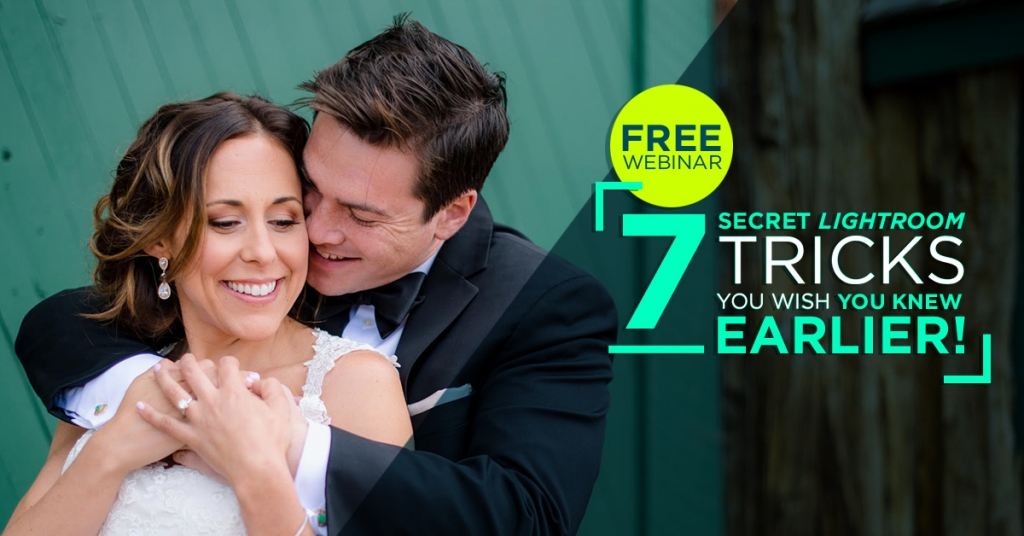
7. Can’t Be Lazy
Not having the convenience or luxury of being able to zoom on the lens, prime shooters are forced to move with their feet to always be in position and actively compose your photo. You simply have to think about your shots more. This, of course, can also be a criticism of prime vs. zoom lenses. But, in my experience, being forced to be more active and engaged with your subject is a good thing!
I hope this gives you some insight about some of the reasons why photographers choose to primarily shoot with prime lenses. We will next discuss reasons to shoot zoom lenses, because there are many valid reasons to go the zoom route as well!
Till next time!
Cole
